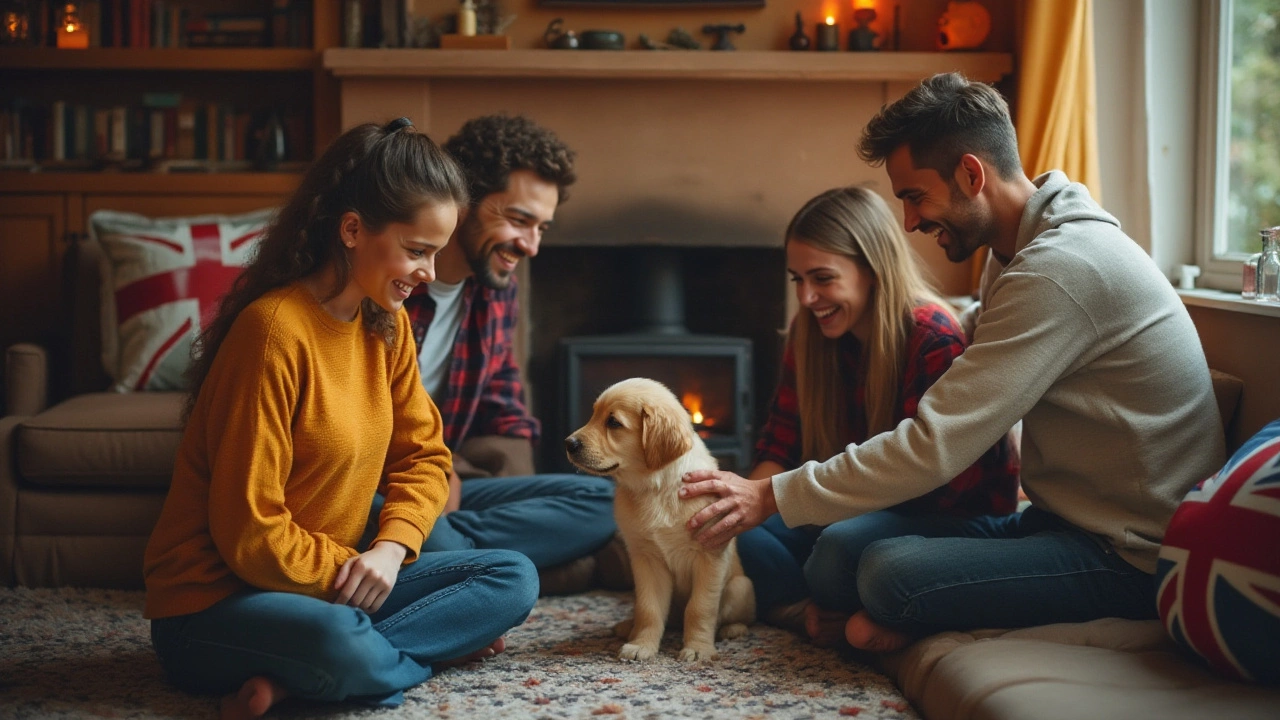Basic Dog Commands: Simple Training Guide
Got a new pup or a seasoned hunter looking for better control? Teaching the basic commands is the fastest way to build trust and keep everyone safe. You don’t need fancy gear – just a treat pouch, patience, and a short, distraction‑free session.
Teaching the Core Commands
Sit – Hold a treat just above your dog’s nose, then move it back toward the tail. As the head follows, the bottom will naturally press down. The moment the rear hits the floor, say “Sit” and give the treat. Practice for a few seconds, then release.
Stay – Start with a solid “Sit”. Open your palm toward the dog and say “Stay”. Take one step back. If the dog holds the position, reward immediately. If they move, reset and shorten the distance. Add steps gradually until you can walk across the room.
Come – Use a bright, excited tone. Say the dog’s name followed by “Come!” while stepping back a few feet. When they return, flood them with praise and a high‑value treat. Keep sessions short, so the dog associates coming to you with good things.
Down – From a sitting position, hold a treat at nose level and lower it to the floor. As the dog follows, gently guide the body down. The moment they lie flat, say “Down” and reward. Repeat until the cue alone triggers the lie‑down.
Heel – Walk beside your dog on the left side. Hold a treat at your thigh and say “Heel”. Each time the dog stays by your leg, give a quick treat. If they drift ahead, gently pull back with the leash and repeat the cue. Consistency turns the walk into a partnership.
Keeping Training Fun and Consistent
End each session on a positive note. If your dog masters a command, add a new one or increase the difficulty. Short, frequent practice (5‑10 minutes, 2‑3 times daily) beats long, boring drills. Vary the location – garden, living room, park – so the dog learns to obey everywhere.
Use high‑value treats for new tricks and lower‑value kibble for reinforcement once the command is solid. Mix praise, a gentle pat, and a treat so the dog never gets bored with the same reward.
Watch the dog’s body language. If ears are back, tail tucked, or they’re panting heavily, they’re stressed. Pause, give a break, then resume when they’re calm. A relaxed dog learns faster.
Finally, keep the tone upbeat. Dogs respond to the energy in your voice more than the exact words. A confident “Sit!” sounds better than a hesitant “Sit…”. Your confidence becomes the dog’s confidence.
With these simple steps, your dog will master the essential commands that keep walks safe, hunts organized, and everyday life smoother. Keep it short, keep it fun, and watch your companion grow into the obedient partner you’ve always wanted.
- Morgan Ainsworth
- 0 Comments
Essential Commands for 8-Week-Old Puppies: Training Tips and Toy Ideas
Training an 8-week-old puppy involves teaching them simple yet essential commands that lay the groundwork for good behavior as they grow. These foundational commands not only ensure a happy household but also foster a strong bond between you and your furry friend. In addition to training, the right puppy toys can aid in their learning process, keeping them engaged and entertained. Start with basic commands like 'sit', 'stay', 'come', and 'leave it' to set your puppy on the right path. Consistent instruction paired with patience is the key to successful puppy training.
View More
